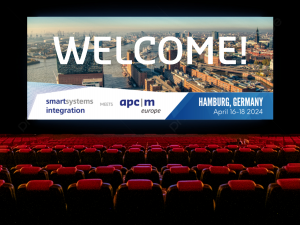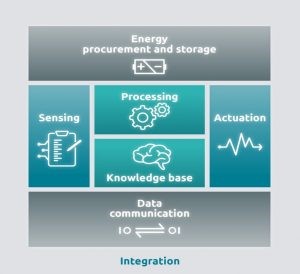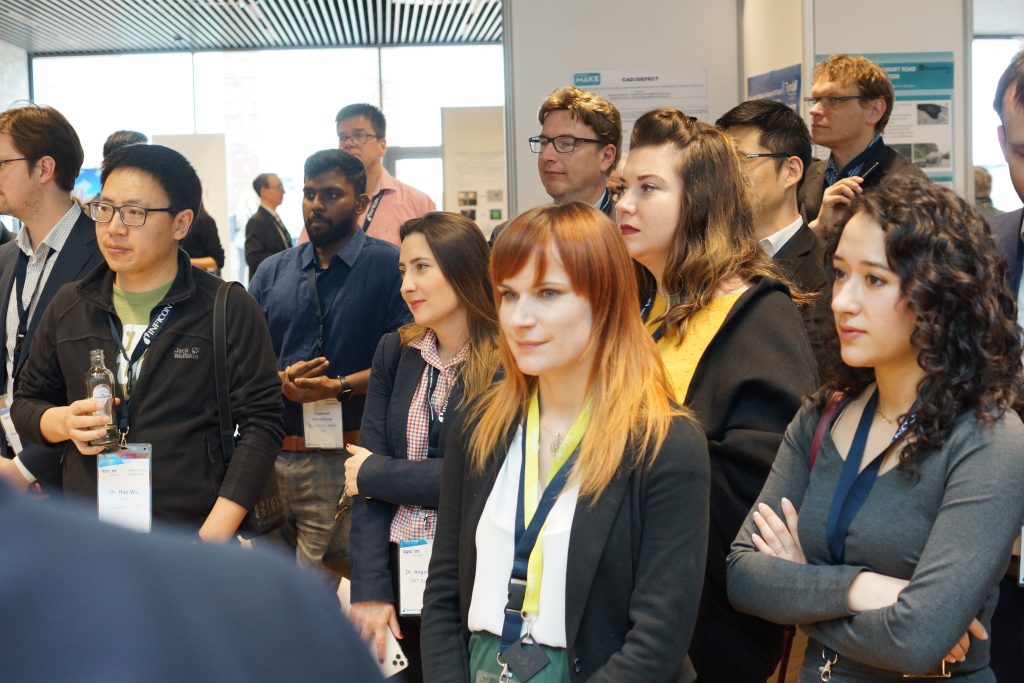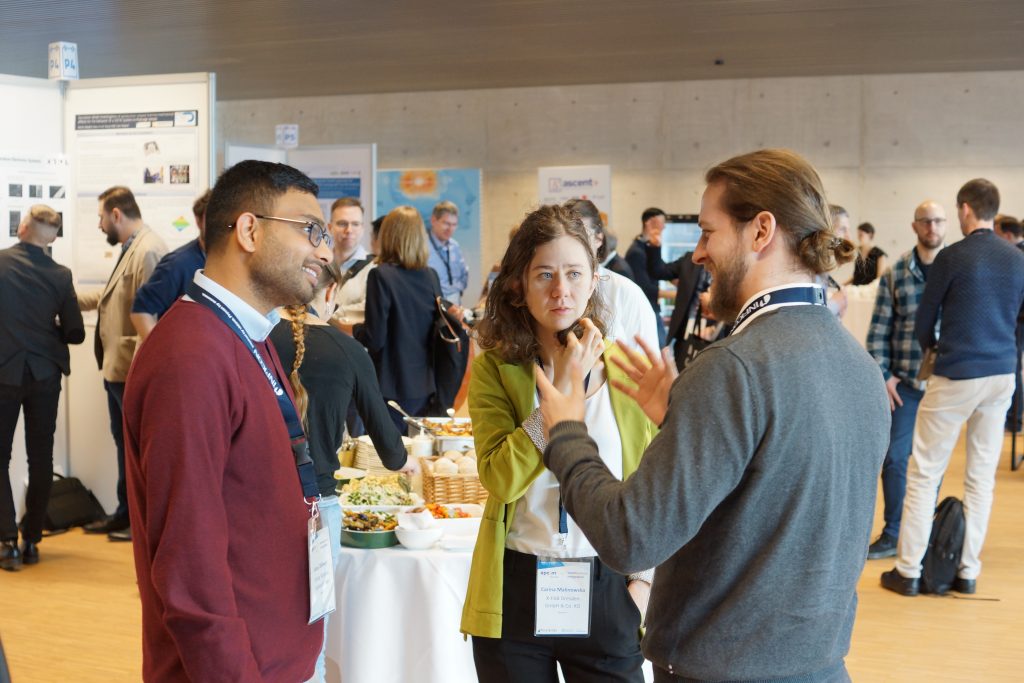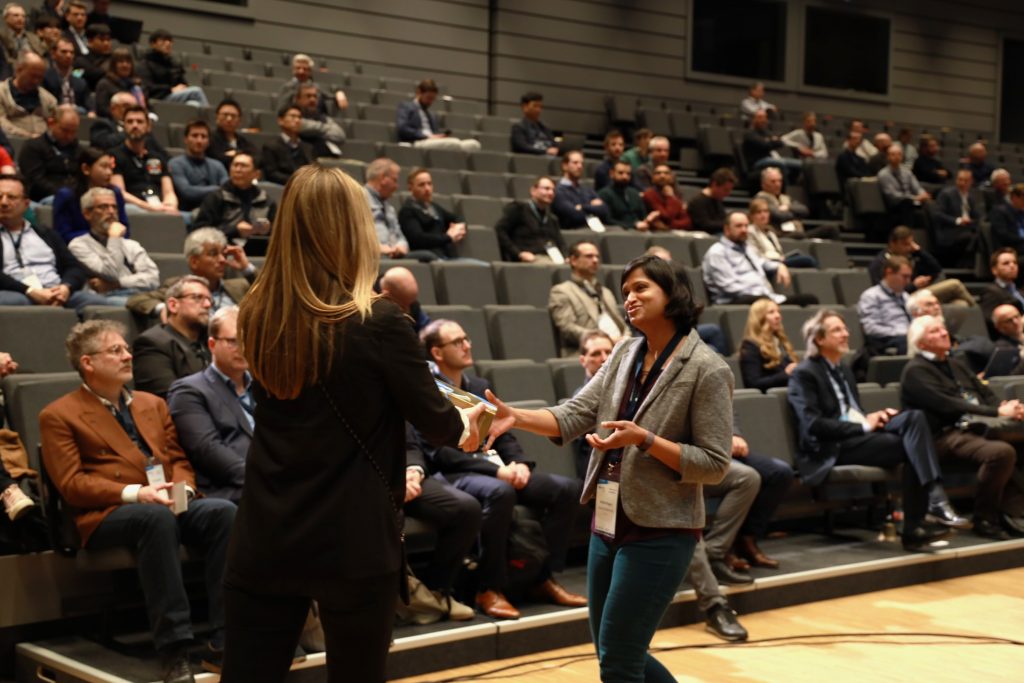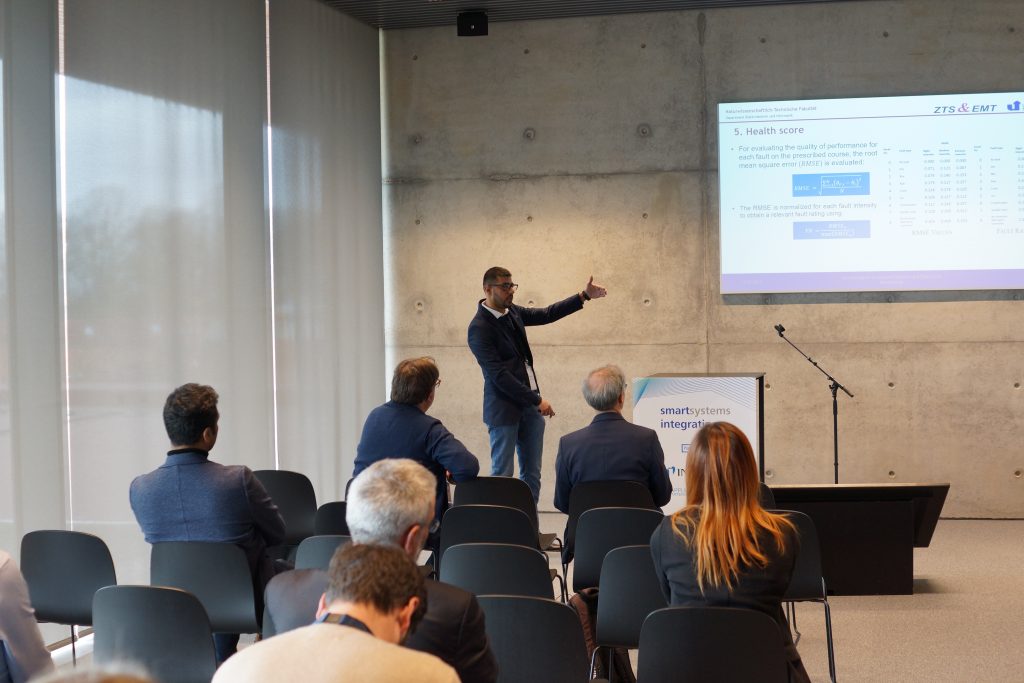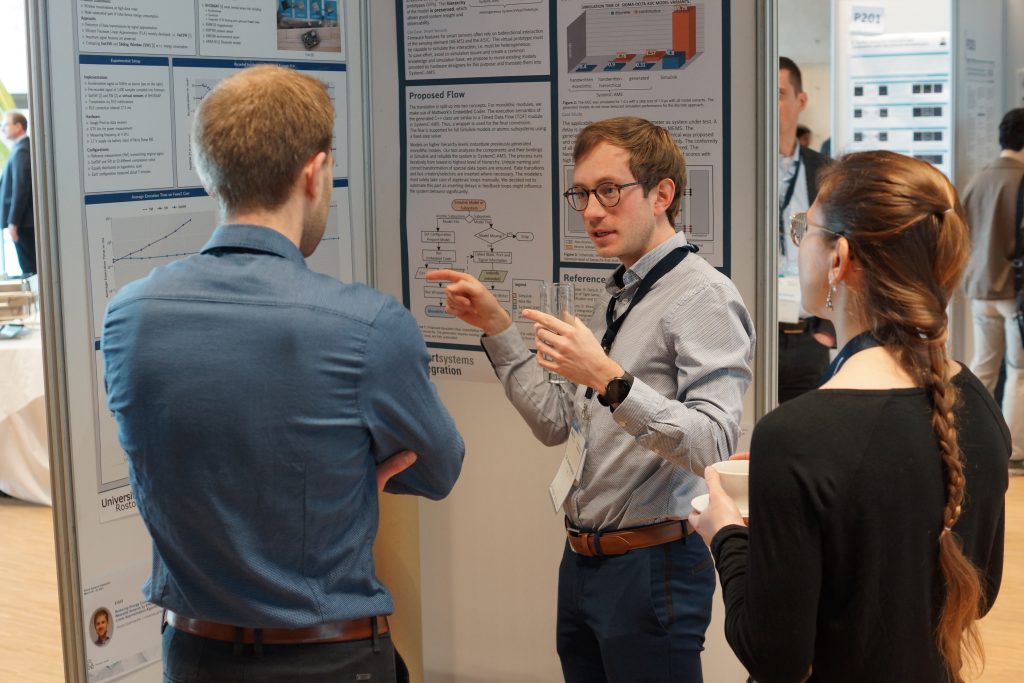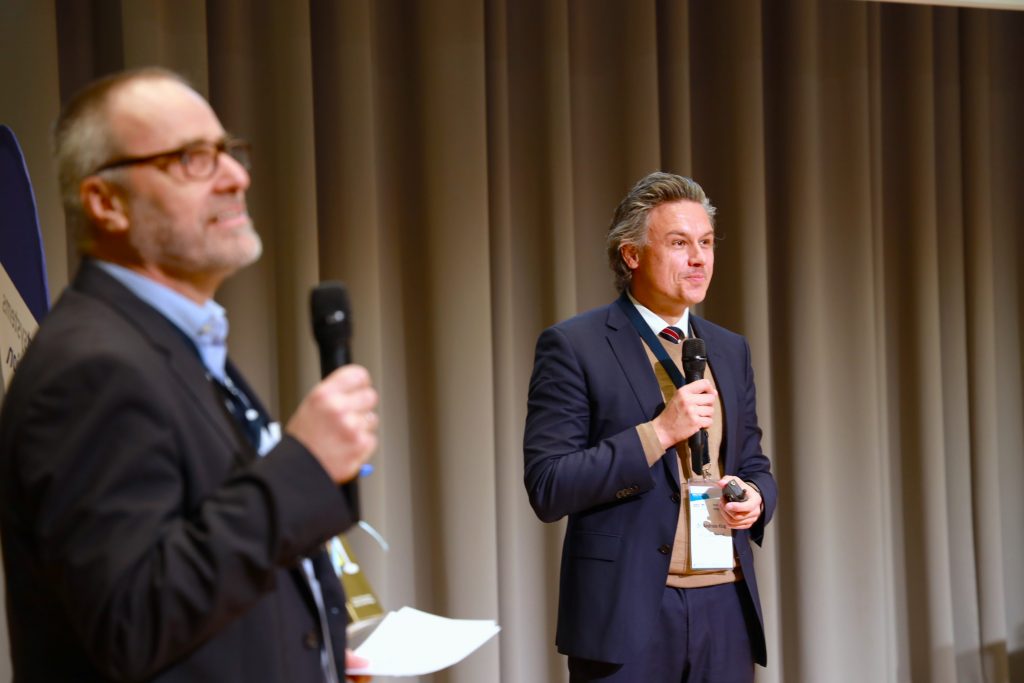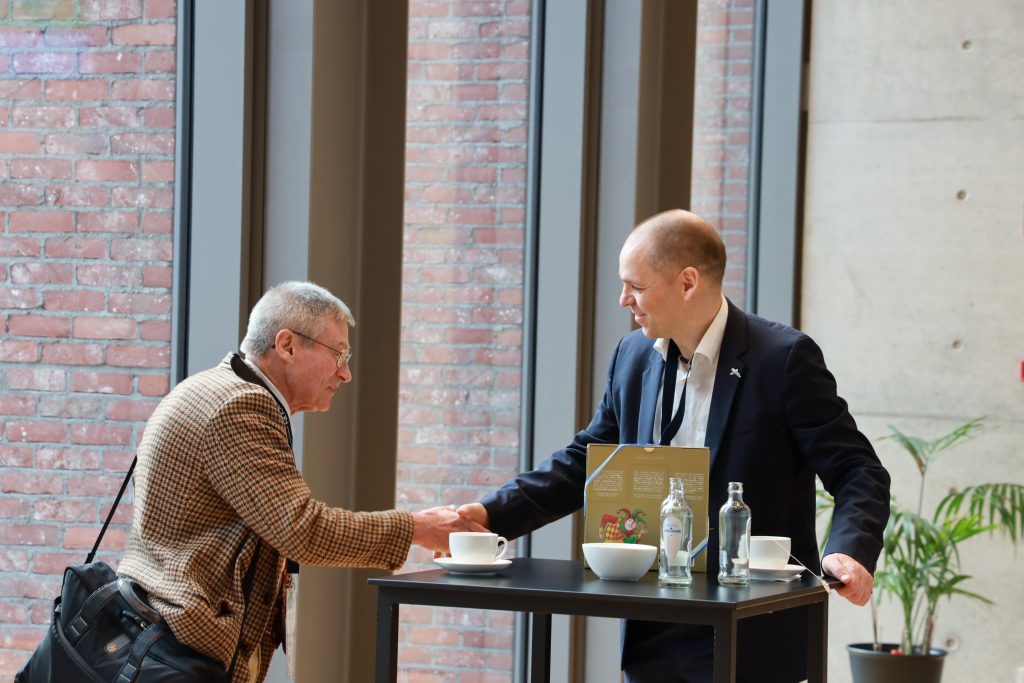SSI 2025 | April 8-10 | Prague
The leading conference for exchange on Smart Systems
- EPoSS Working Group Meetings and Preevent: April 8th, 2025
- Conference & exhibition: April 8th–10th, 2025
- Conference Dinner: April 9th, 2025
- Conference Language: English
You will receive more information about SSI 2025 here in the coming weeks.
Please save the date 8-10 April 2025 in your calendar.
Conference venue 2024
The conference venue is the CinemaxX at Dammtordamm 1 in Hamburg. This modern cinema will open exclusively and entirely for the apc|m & SSI 2024. Large cinema seats and XXL cinema screens ensure a unique level of comfort. Thanks to the central location next to the ICE railway station Hamburg Dammtor in Hamburg's city centre and surrounded by numerous hotels, it will be a conference of short distances.
CinemaxX
Dammtordamm 1
20354 Hamburg
Germany
Welcome!
Welcome to the Smart Systems Integration Conference! Our key mission is to align research, technology and dissemination activities along the entire value chain for future smart and sustainable system solutions. The Smart Systems community is joint by the system integration aspect covering the value chain from System on Chip via System in Package to System Applications – including hardware and software aspects. The conference connects participants from academia and industry as well as policy and decision makers. The three-day event is commonly organized by Fraunhofer ENAS together with the European Association on Smart Systems Integration – EPoSS to link technology and policy aspects in one event, while Silicon Saxony technically supports the conference organization.
The envisaged European autonomy on chips and the requirements for secure communication enhances the demand for joint efforts for integrated smart and sustainable system solutions on all levels. Still, the autonomy on chips must be discussed in the international context.
The special topic at the Smart Systems Integration 2024 will be dedicated to artificial intelligence in Smart Systems. This session, organized by the Fraunhofer ENAS, addresses AI hardware architectures, AI solutions for signal and sensor data fusion, application spaces as well as cross section topics like data privacy, security and human acceptance of AI. Beyond research and development topics, EPoSS as a co-organiser will hold sessions on strategy and business creation as well as on impact resulting from European funded projects in the domain of SSI.
In an engaging and compact format, the conference provides a unique and valuable opportunity to interact with the stakeholders of the Smart Systems community along the value chain by means of technical sessions, strategy panels, job opportunities, podium discussions and exhibition booths.
Networking at the SSI
Once again, the SSI will be co-located with apc|m europe at the same place and time. A single ticket allows you to attend both conferences and increase your networking range.
A variety of networking offers enrich the scientific program: Exhibition booths of sponsors, exhibitors and companies and job opportunities enable a fruitful transfer within the community. Book your next interview with the smart system integration experts in the conference app.
See you @ SSI 2024 in Hamburg!
Keynote Speakers 2024





Conference Chairs
- Harald Kuhn, Institute Director Fraunhofer ENAS
- Stefan Finkbeiner, CEO Bosch Sensortec GmbH
- Holger Kapels, Institute Director Fraunhofer ISIT
Core team
The conference is prepared by a core team of high-ranking experts from industry as well as from basic and applied research organisations:
- Klas BrinkfeldT, RISE
- Sywert Brongersma, IMEC
- Wolfgang Dettmann, Infineon Technologies AG
- Thomas Dietrich, IVAM
- Mathias Straub, microTec Südwest
- Albrecht Donat, Siemens AG
- Luis Fonseca, Centro Nacional de Microelectronica (CNM-IMB)
- Paddy French, TU Delft
- Rainer Günzler, Hahn-Schickard
- Matthias Kühnel, Robert Bosch GmbH
- Christoph Koegler, Infineon Technologies AG
- Antonio Lionetto, STMicroelectronics
- Alan O‘Riordan, Tyndall
- Han Shao, Tyndall
- Jean-Philippe Polizzi, CEA LETI
- Harald Pötter, Fraunhofer IZM
- Sven Rzepka, Fraunhofer ENAS
- Elisabeth Steimetz, EPoSS
- Bart Vandevelde, IMEC
- Christian Irmscher, Fraunhofer ENAS
Testimonials
Voices from our conference chairs as well as core team members and reasons for you to attend SSI!
Smart systems are the key to meet tomorrow's challenges in all aspects of life. Attend the main European conference in this field - the Smart Systems Integration Conference and Exhibition.

Digitization is not only increasingly entering our lifes, it is a real game changer! There will be not only advances in individual components and subsystems necessary, especially connectivity and implementation of intelligence “at the edge” integrated in smart modules and systems will be the key. To be successful in future, interdisciplinary approaches are required more than ever.

“A side effect of Corona is the breakthrough of point-of-care diagnostics based on microfluidics.”

“Smart system integration is key to highly automated distribution grids coupling the energy sector with mobility, industry & domestic use. At SSI 2023 you can meet the experts for discussing your interdisciplinary challenge!”
Contact Us
Don’t hesitate to get in touch!
Send Message
If you have any questions or just want to get in touch, use the form below. We look forward to hearing from you!
Contact Information
- Phone+49 351 8973-3869
- Emailssi@silicon-saxony.de
- AddressManfred-von-Ardenne-Ring 20F, 01099 Dresden
General conditions of participation:
If there are any changes to your participation, please refer to our general conditions of participation.


